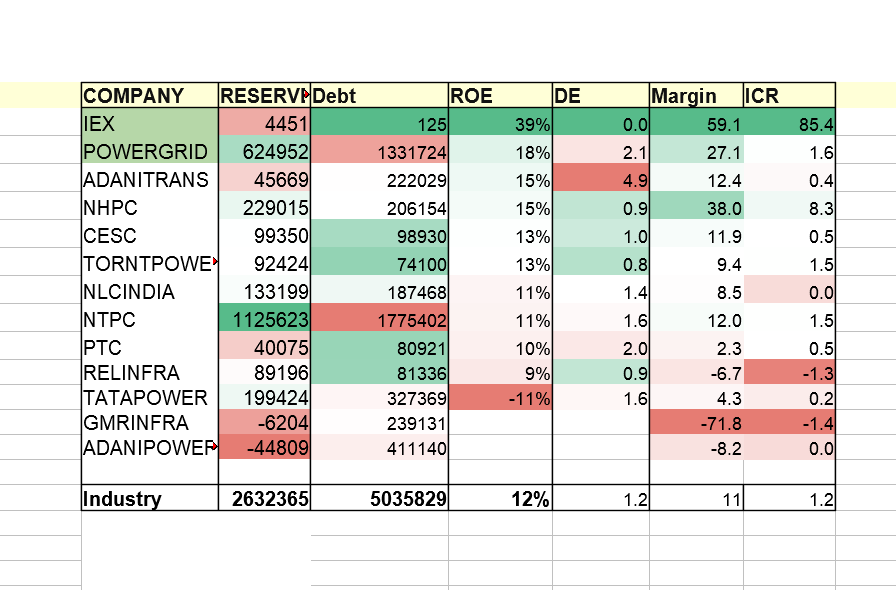IEX and PowerGrid appear to be slightly better options (अन्धों में काना राजा) in a capital intensive and dud sector. 

Most companies in this sector are debt laden, with the exception of IEX, due to the unique nature of its business model. 

• • •
Missing some Tweet in this thread? You can try to
force a refresh











